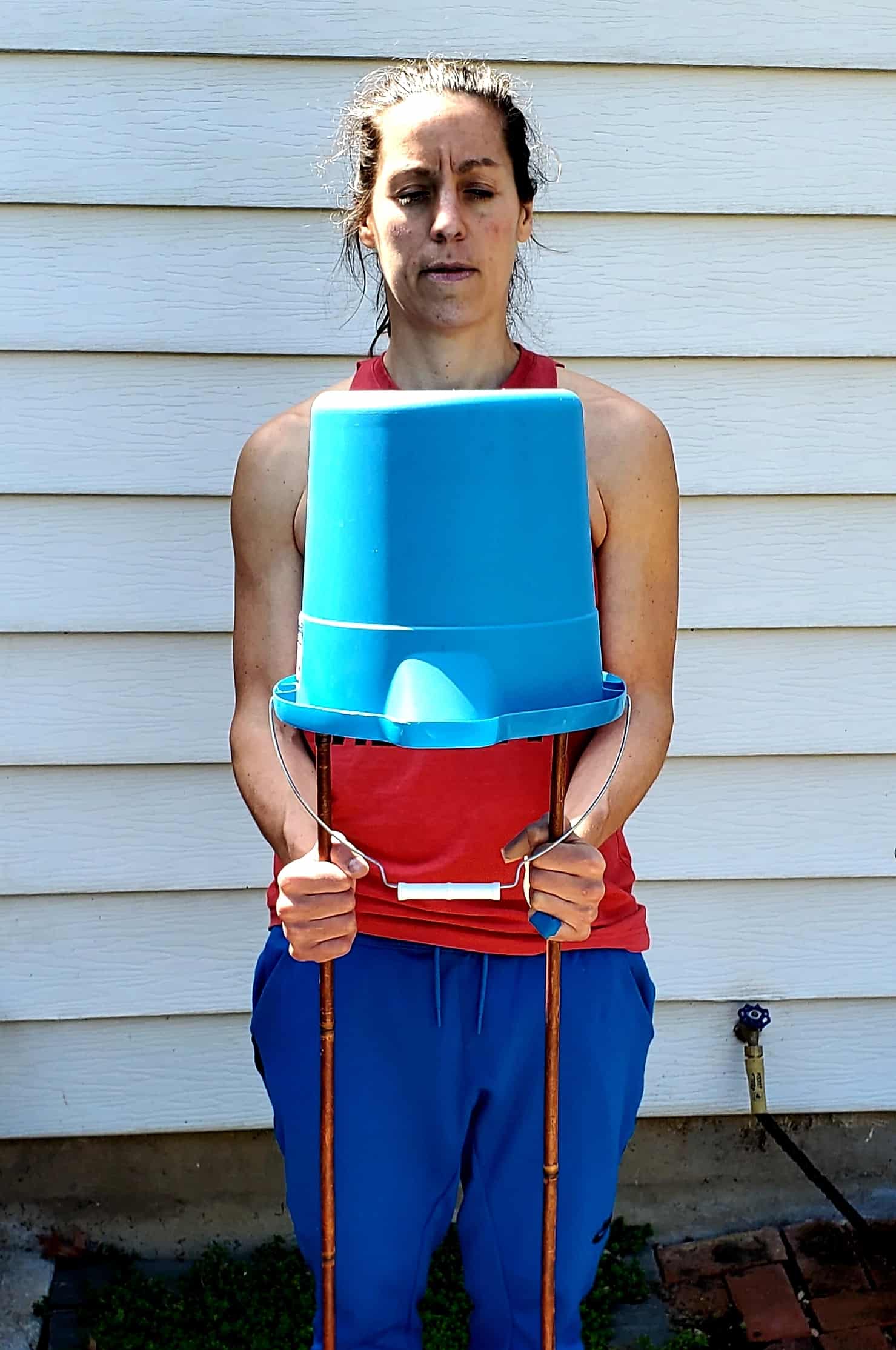
Bucket & Sticks
A quick conceptual piece from the mind of Nicole Uno. Like many sensational metaphors she offers me, I cannot quite make sense of things until I feel it’s application and usefulness. Instead of trying to force the issue, I typically ‘bank’ these notions until they reveal themselves within my own investigations, popping up in patterns that are treated much more so like surprise wildflowers rather than weeds. It is presented as intentionally unfinished — a mere point that you may affix to your own circle of experience.
The bucket is your ribcage and the sticks are your psoas and/or transverse abdominals.
As long as you feel two distinct lines running fro the bottom of your ribcage, you are on the same perceptive plane. Knowing how people can get caught up in labels, however (thinking is an easier method of transfer than experiencing), there are some visuals and terms below to help share a frame of reference.
 diaphram, posas = “sticks and stick connector”
diaphram, posas = “sticks and stick connector”

transverse abdominis, obliques, deep breathing muscles = lining of the bucket
To find this feeling, your ribs have to be in the right place. Position how something can be affected, as well as what is available to affect it. Starting in sitting or tall kneel minimizes the postural influence of the feet, ankles and shins, and offers the knees or sit bones as push-down spots at the end of a shorter chain.
The more length in stride (particularly backwards), the more rotation occurs [torque].
Because there are two sticks, only moving one can turn the bucket, which is why sensational awareness is so important. My left side likes to hang out while the right does all the work. Below I use my hands to signify intent of ‘working’ sides. Notice how the left doesn’t move as quickly as the right does.
One side pulling while the other pushes means both sides have to do less.
Inverted, the bucket moves the poles. It shifts the pelvis and also its placement as base.
Prone, the difference between sliding the bucket and manipulating it via the sticks becomes more apparent. The shoulder blades dominate movement and then shoulders provide false movement (note how head stays). It is only when one side lifts do the poles engage:
The tendency for my head and neck to lead movement (top down marionetting) stems from many years of distal dominated see-notice ‘exercise’. The most transformative lessons I have learned in the last few months is to pay attention to what is happening between my ribs and pelvis. I can feel so much more than I can see.
Other notes worth mentioning:
When I squat down in the yard for a long while pulling weeds, the underlining of my ribs can pull my chest down closer to my thighs, as if a turtle were dropping his shell closer to the ground. This is brand new and weirdly exciting as it allows me to sit low with ease. Rest and work is blending.
As I set up this feature photo, 90% of the shots had a slanted bucket, hands low, and sticks abducted (looking more like the bottom of a capital ‘A’). It was a stark reminder of my tendency to try and get things to ‘stack’ without much internal pressure, and to try and control things from end levers. Funny how our way of doing is our way of doing. Void of sensation, it’s all pretty much a pre-programmed guess as to how.



